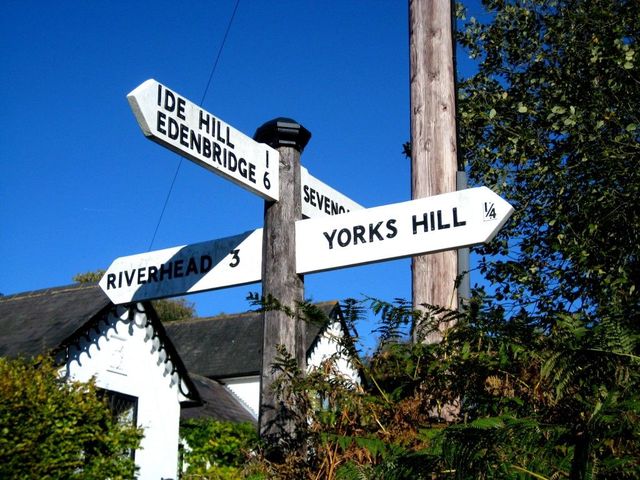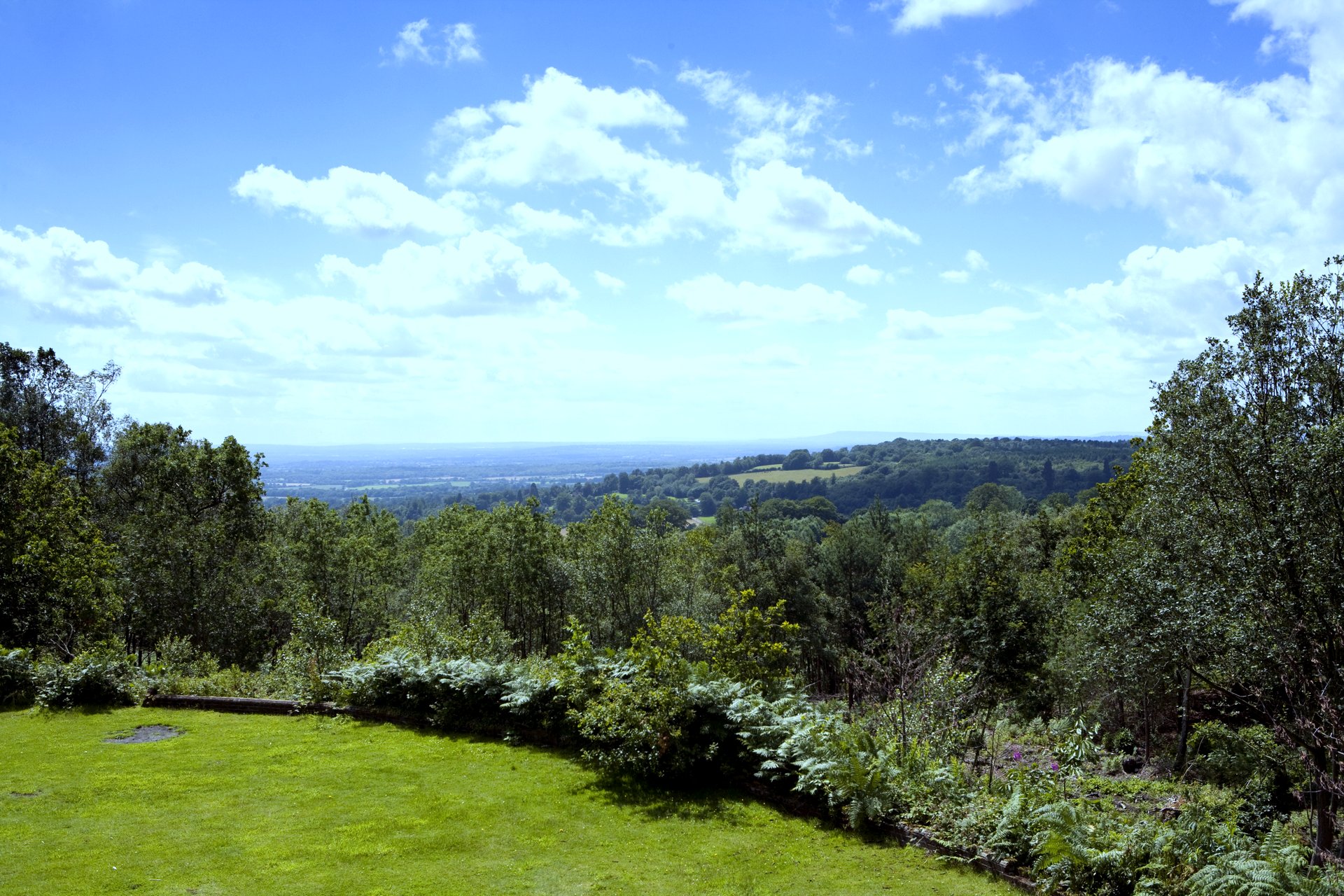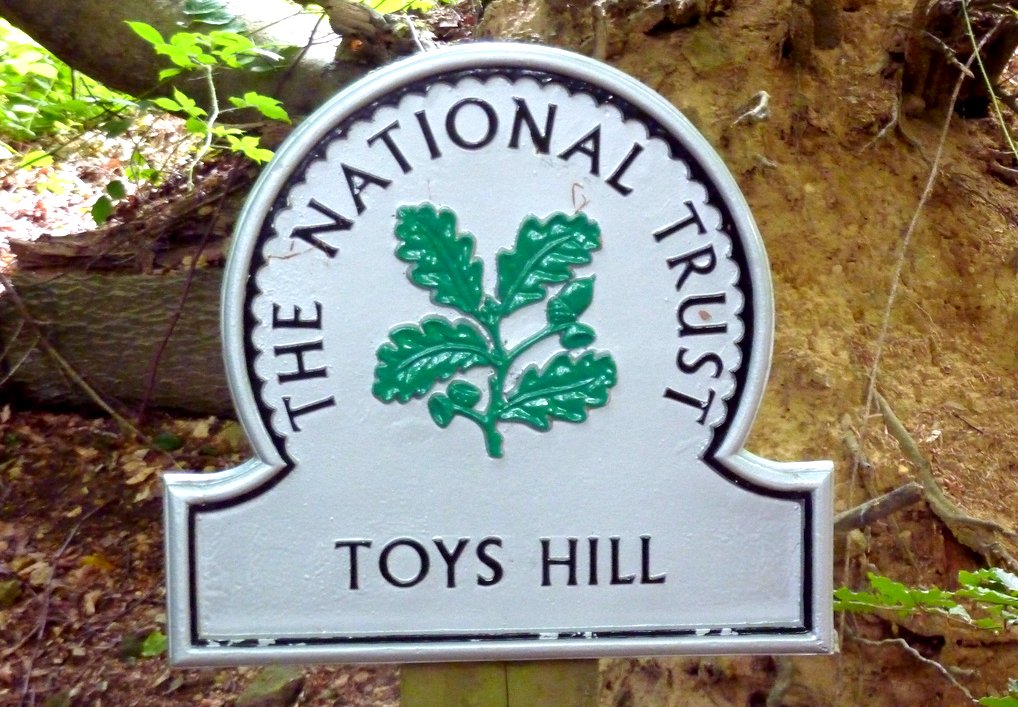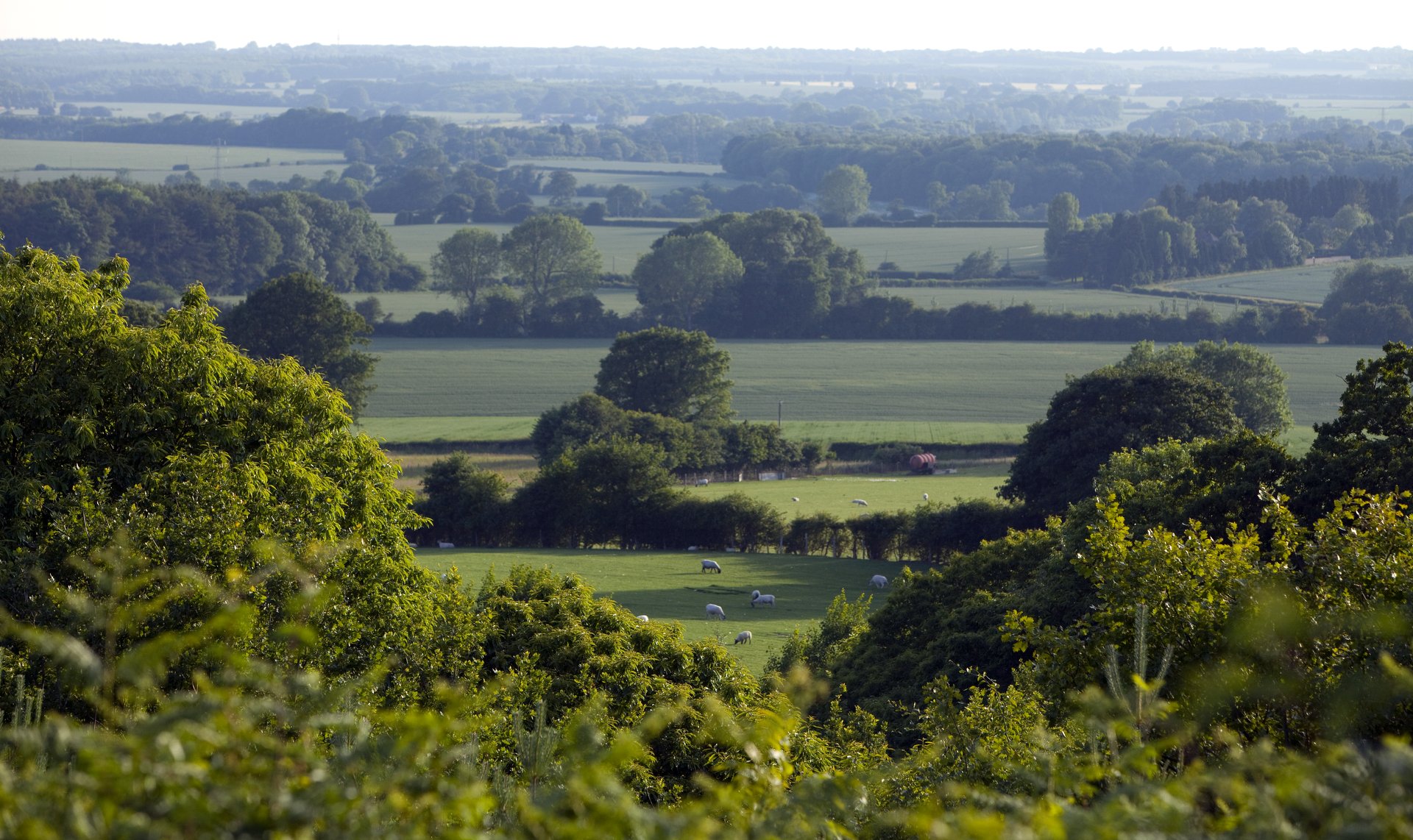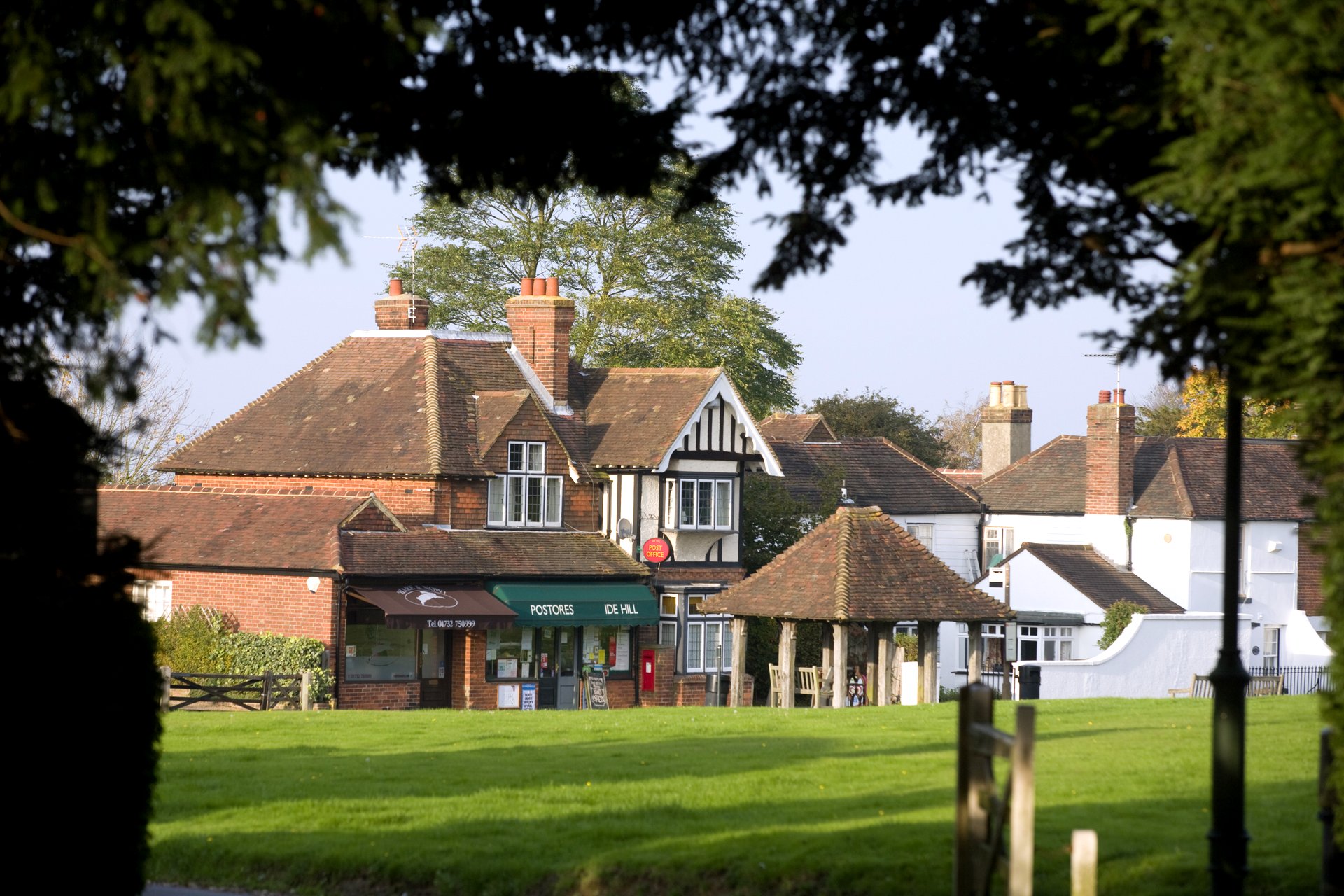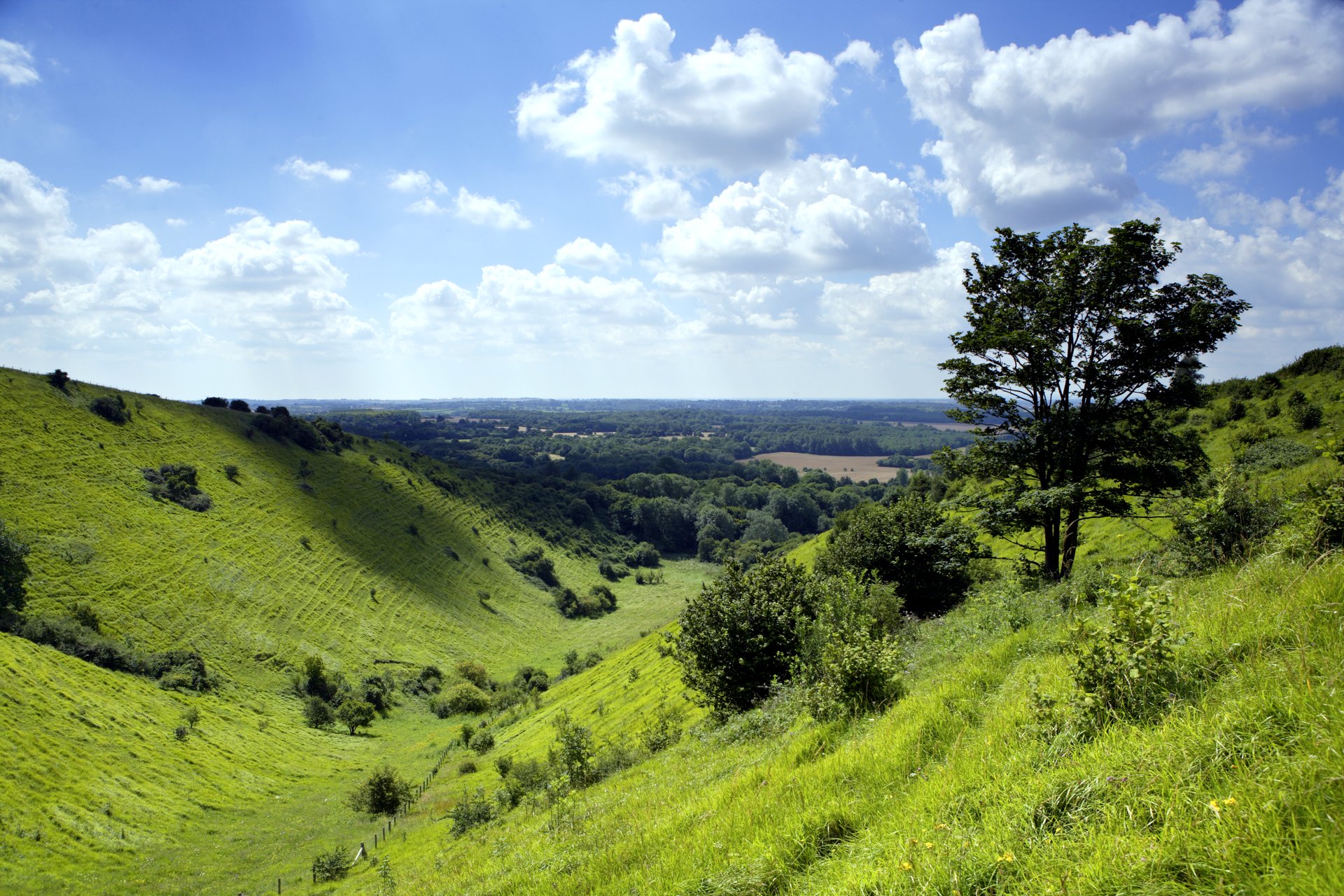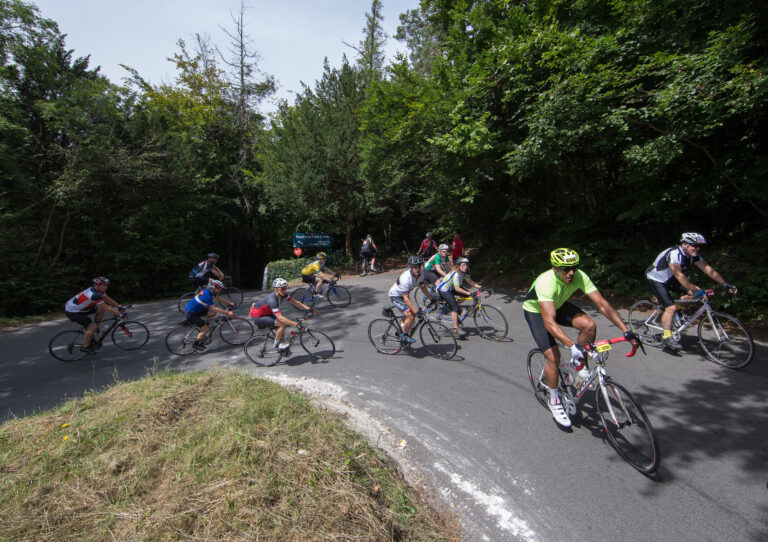Kent may not renowned as an area for the hardest gradients or longest climbs but, if you look hard enough, you’ll find plenty to challenge cyclists of all abilities. It’s a county with no shortage of the short, steep ascents typical of the UK and plenty of picturesque riding. After all, Kent isn’t called the Garden of England for nothing.
For cyclists who live in London, Kent offers the chance to escape from the city – to quiet, orchard-lined lanes, thigh-numbing climbs and idyllic cafe stops – while for riders who are lucky enough to live in the county itself, there’s a myriad of roads to explore.
The hot spot for the best climbs, perhaps unsurprisingly, is centred around the North Downs, so you can string together many of the ascents here for a really tough day out. The North Downs actually start in Surrey, but are a range of hills which run through the heart of Kent, characterised by the white chalk made famous by the White Cliffs of Dover at their eastern tip.
If you’re looking for some of the best climbs to ride in Kent, here are ten which should definitely be on your list.
